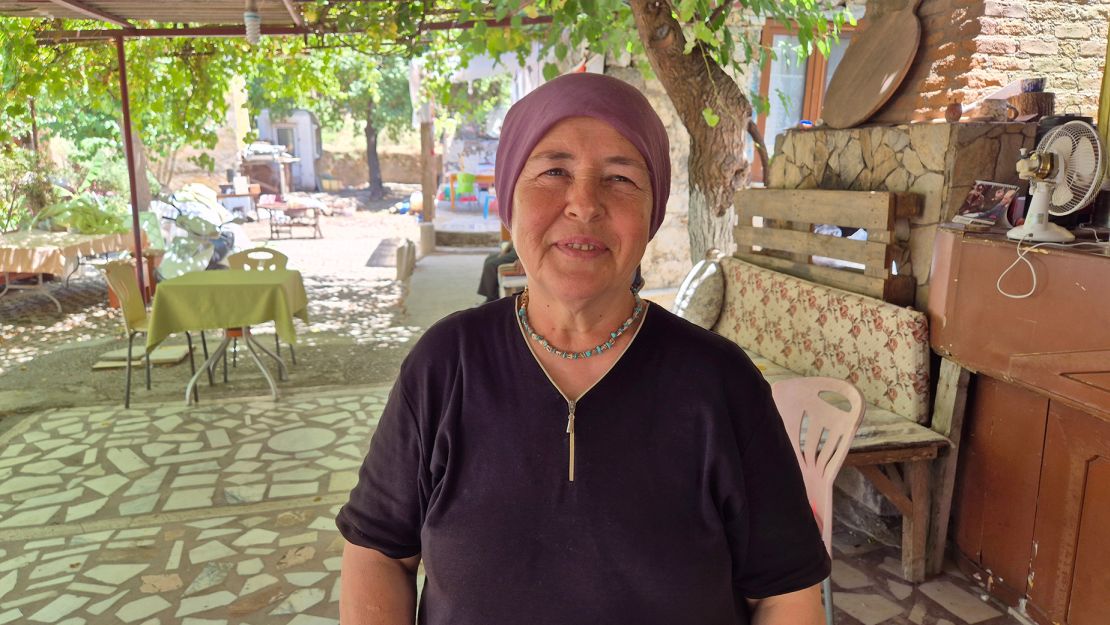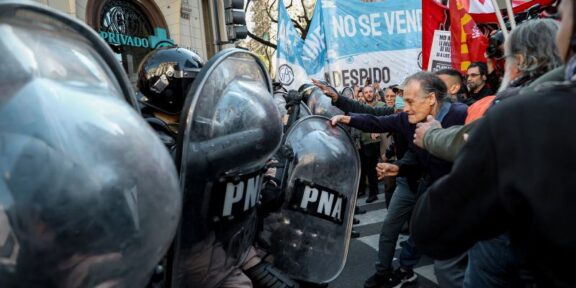Editor’s Word: This CNN Journey collection is, or was, sponsored by the nation it highlights. CNN retains full editorial management over subject material, reporting and frequency of the articles and movies inside the sponsorship, in compliance with our coverage.
Kayaköy, Turkey
CNN
—
There’s a big and really dignified faculty in Kayaköy. There are slim streets, lined with homes, that wend and stand up either side of a steep valley. There’s an historic fountain in the course of the city. And there are church buildings, one with million-dollar hilltop views over the blue Aegean.
However, for a lot of the previous 100 years, there have been no individuals.
Kayaköy, in southwestern Turkey’s Muğla Province, is a real ghost city. Deserted by its occupants and haunted by the previous. It’s a monument, frozen in time – a bodily reminder of darker instances in Turkey.
With hillsides dotted by numerous crumbling buildings slowly being swallowed by greenery, and limitless views into vanished lives, it’s additionally an interesting and starkly lovely place to go to. In summer time, beneath clear skies and blazing suns, it’s eerie sufficient. Much more so in cooler seasons, wreathed in mountain or sea mists.
Simply over a century in the past, Kayaköy, or Levissi because it was identified, was a bustling city of not less than 10,000 Greek Orthodox Christians, lots of whom have been craftspeople who lived peacefully alongside the area’s Muslim Turkish farmers. However within the upheaval surrounding Turkey’s emergence as an unbiased republic, their easy lives have been torn aside.
Tensions with neighboring Greece after the Greco-Turk warfare resulted in 1922 led to each international locations ejecting individuals with ties to the opposite. For Kayaköy, that meant a pressured inhabitants alternate with Muslim Turks residing in Kavala, in what’s now the Greek area of Macedonia and Thrace.
However the newly arrived Muslims have been seemingly lower than proud of their new house, swiftly transferring on and leaving Kayaköy to fall to destroy.

Among the many only a few who did stay have been the grandparents of Aysun Ekiz, whose household as we speak runs a small restaurant close to the primary entrance to Kayaköy, which serves refreshments to vacationers who come to go searching the city. Tales of these troublesome years have been handed down by means of the generations.
“The Greek individuals have been crying out as a result of they didn’t need to go away, my grandparents advised me,” Ekiz, who now sells handmade jewellery to guests, says. “Some even left their children behind to be taken care of by Turkish pals as a result of they thought they’d return. However they by no means did.”
Ekiz says her grandparents’ household have been shepherds and simply tailored to life on the sting of city. Most of their fellow transplants, she says, disliked residing in Kayaköy as a result of partitions of the homes have been painted blue, supposedly to push back scorpions or snakes.
Snatches of that blue coloration can nonetheless be seen on the surviving partitions of the two,500 or so homes that make up Kayaköy, though few different ornamental touches stay after a long time left to the weather. What’s left remains to be value exploring as a snapshot of an historic lifestyle getting ready to the fashionable age.
Jane Akatay, the co-author of “A Information to Kayaköy,” says one cause for the abandonment of the city was maybe the palpable unhappiness that lingers over the place following the tragic occasions of the Nineteen Twenties. Nature has additionally performed its half within the demise of its man-made options.
Earthquakes and storms

“There have been earthquakes, there have been storms. The local weather, the climate, the rainstorms… every little thing has impacted on this fascinating place,” she says. “And likewise, through the years, the mortar holding them collectively has crumbled, and issues crumble if you happen to don’t deal with them.”
As we speak’s guests pay a three-euro price (simply over $3) at a small kiosk on the primary street earlier than coming into Kayaköy. From there, they’ll wander on foot up and down its typically steep and uneven lanes and alleyways. Indicators on the entrance level to the varsity, the church buildings and the water fountain.
It’s value budgeting a few hours to take all of it in. With few guests other than occasional tour teams throughout peak durations, it’s simple to search out alone time right here, imagining the way it as soon as bustled with life, not least within the previous city sq., the place native males would as soon as collect to drink tea and swap tales.

How this 30-hour practice journey grew to become a web based sensation
A lot of the homes, which have been constructed within the century earlier than abandonment, have now misplaced their roofs and their collapsed partitions sprout with vegetation. Some homes have pits of their basement, as soon as used for tanning hides for leather-based – shoemaking was a typical career right here.
Many nonetheless have intact cisterns – essential for storing water in a city with out plumbing.
“Ingesting water was carried in on donkeys,” says Ekiz. She additionally grimly recollects how, missing correct sanitation, residents would use lower up previous garments as an alternative of bathroom paper. These rags have been then burned as gasoline or scattered on gardens as fertilizer.
Regardless of the frugality of such measures, Ekiz says Kayaköy was comparatively affluent and was as soon as the realm’s most important industrial hub, surpassing the close by port of Fethiye – which is now a thriving city heart and well-liked vacationer vacation spot.
Though this was clearly a close-knit neighborhood, Ekiz insists every of the two-story properties right here was fastidiously spaced from its neighbor. “All of them have been constructed in order that nobody had their daylight blocked out by one other,” she says.
Some of the outstanding buildings within the city is the Higher Church, a big construction of pale pink stucco partitions and barrel-vaulted ceilings. Sadly, the constructing is sealed off resulting from its dilapidated state, though tantalizing glimpses of it may be loved from many angles.
On the very best inland level of the city, the ruins of Kayaköy’s previous schoolhouse supply views over the primary church and the homes beneath. As we speak, a Turkish flag flaps on a pole above the constructing.
Surveying the scene right here, Yiğit Ulaş Öztimur, on trip from Turkish capital Ankara, describes Kayaköy as “a darkish mirror of our previous.”
“This was as soon as a Christian village, now what we see is a bitter reflection of what occurred,” he says. “And since a lot of the buildings are intact, you may really feel what life was like right here.”
There are marked mountaineering trails that go by means of Kayaköy from close by cities, however it’s simple to get misplaced wandering the streets. Some alleyways flip into lifeless ends. Open doorways and stairways beckon in all places (though because of the dilapidated situation of lots of the buildings, guests are requested to chorus from coming into).
Throughout the valley, by means of the winding streets, the climb to the smaller church is value doing. It’s a steep scramble up by means of rocks and pine timber over the previous few meters, then it opens as much as the hill’s summit.
Reflecting the tradition of those that lived right here, the church resembles the traditional small buildings usually discovered overlooking villages on Greek islands. It’s a tiny, modest constructing with a domed roof and little unglazed home windows. The inside is totally empty.
One other Turkish flag flies right here, shiny pink in opposition to the deep blue sky. And beneath, throughout a thickly forested hillside, are the glistening waters of the Adriatic Sea. It’s a spectacular view – and one that may have modified little because the days when Kayaköy was alive with individuals.











